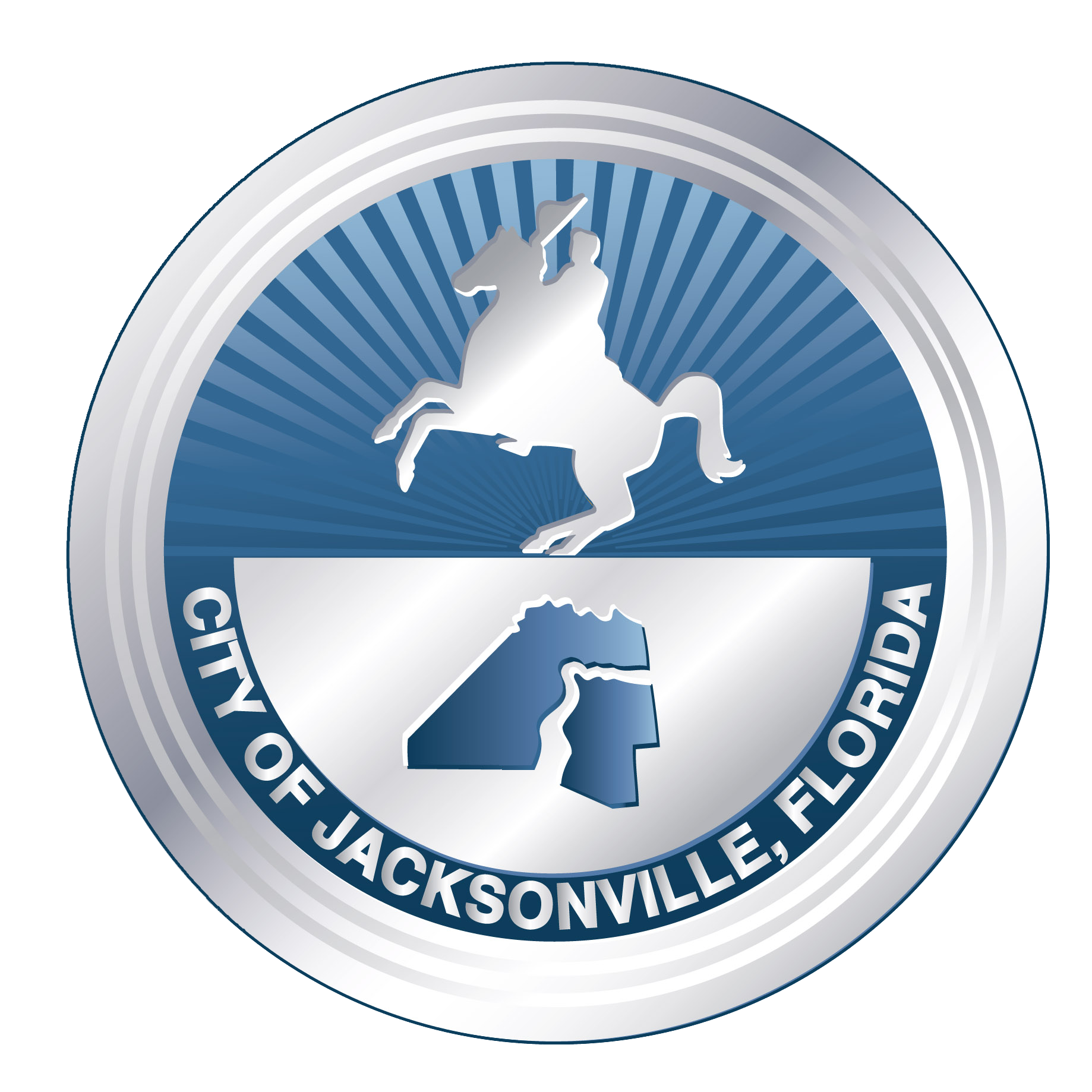It’s a perplexing phenomenon with many names: self-injury, self-harm, self-mutilation, self-inflicted violence, self-cutting, and self-abuse, to name a few. Family members, friends, supporters – even many professionals – struggle to understand why people self harm and find the behavior disturbing and puzzling. The practice is not limited to teens. Self-harm in adults also takes place and is not unusual.
Myths and facts about cutting and self-harm
Because cutting and other means of self-harm tend to be taboo subjects, the people around you—and possibly even you—may harbor serious misconceptions about your motivations and state of mind. Don’t let these myths get in the way of getting help or helping someone you care about.
Myth: People who cut and self-injure are trying to get attention.
Fact: The painful truth is that people who self-harm generally do so in secret. They aren’t trying to manipulate others or draw attention to themselves. In fact, shame and fear can make it very difficult to come forward and ask for help.
Myth: People who self-injure are crazy and/or dangerous.
Fact: It is true that many people who self-harm suffer from anxiety, depression, or a previous trauma—just like millions of others in the general population. Self-injury is how they cope. Slapping them with a “crazy” or “dangerous” label isn’t accurate or helpful.
Myth: People who self-injure want to die.
Fact: Self-injurers usually do not want to die. When they self-harm, they are not trying to kill themselves—they are trying to cope with their pain. In fact, self-injury may be a way of helping themselves go on living. However, in the long-term, people who self-injure have a much higher risk of suicide, which is why it’s so important to seek help.
Myth: If the wounds aren’t bad, it’s not that serious.
Fact: The severity of a person’s wounds has very little to do with how much he or she may be suffering. Don’t assume that because the wounds or injuries are minor, there’s nothing to worry about.
Self-injury is most often used as a coping mechanism. Research suggests that it is a frequent companion to eating disorders, alcohol and/or drug abuse, depression, posttraumatic stress disorder, borderline personality disorder, and dissociative disorders. Those who self-harm claim that its highly addictive or say they are reluctant to try and stop because it helps them feel better, more in control, more real, or simply, it keeps them alive. Experts say most people engage in self-injury as a way to cope with their emotions, particularly negative ones, and most self-injurers report that it works – it calms them and brings a sense of relief. These soothing feelings most likely result from the release of endorphins, brain chemicals that relieve pain and can produce euphoria. People use self-injury in a lot of ways that other people use drugs or alcohol, or food or sex…to try to feel better in the short run.
Self-harm includes anything a person does to intentionally injure themselves. Some of the more common ways include:
- cutting or severely scratching the skin
- burning or scalding
- hitting themselves or banging their heads
- punching things or throwing their body against walls and hard objects
- sticking objects into their skin
- intentionally preventing wounds from healing
- swallowing poisonous substances or inappropriate objects
Self-harm can also include less obvious ways of hurting oneself or putting oneself in danger, such as driving recklessly, binge drinking, taking too many drugs, and having unsafe sex.
Most people who self-harm want to stop hurting themselves and this is key in seeking help. It’s possible to change certain thought processes and to learn how to deal with things in a different way. Support groups for those who self injure are available. In a support group, people with similar experiences meet to discuss their feelings and experiences, and share some of the ways they’ve learned how to cope. Support groups can be run by a group leader or by group members. They may focus on specific issues, such as self-harm, or be more general. In addition, seeking self-injury treatment from a trained mental health professional is strongly advised. Medication may be needed, such as when someone is diagnosed as bipolar. The underlying issues of why someone self-harms needs to be addressed. There’s no need to suffer alone. Help is available.
If you’re looking for help with self-harming in Florida or for someone who self harms, the below link offers information for Florida therapy groups who provide counseling and/or may be able to provide a referral to alternative groups nearby. https://groups.psychologytoday.com/rms/prof_results.php?state=FL&spec=283
For an online self harming support group, visit:
http://self-injury.supportgroups.com/
For article content sources and more information, visit:
http://www.healthyplace.com/abuse/self-injury/what-is-self-injury-self-harm-self-mutilation/ http://www.livescience.com/11043-teens-hurt-science-injury.html
http://www.helpguide.org/articles/anxiety/cutting-and-self-harm.htm







